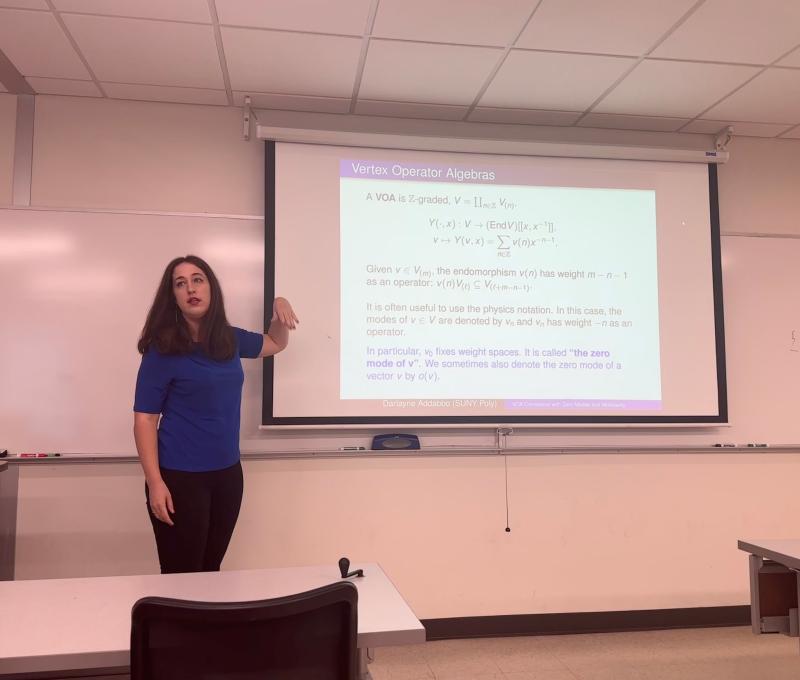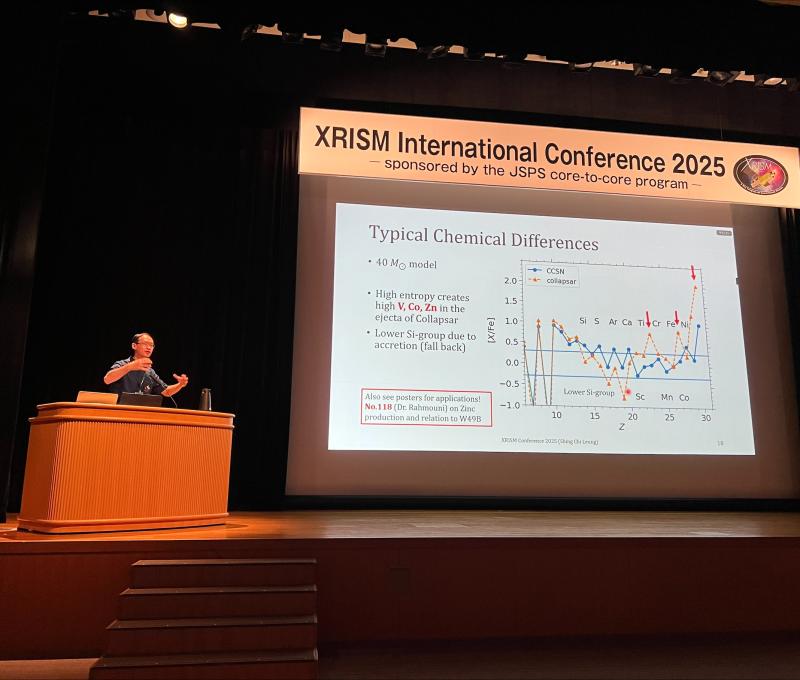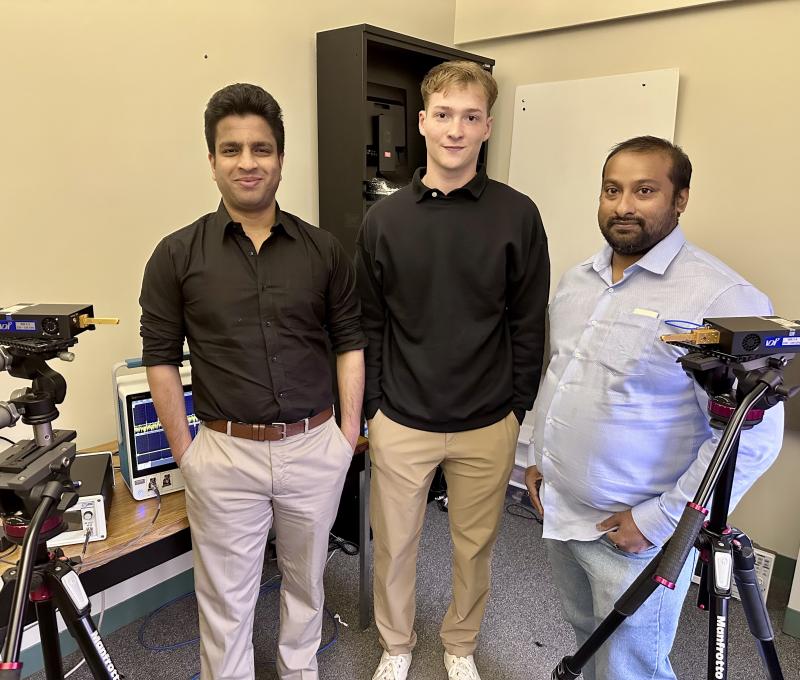SUNY Poly Collaborative Research by Professor Carlo Cafaro published in Entropy

Dr. Carlo Cafaro, SUNY Poly faculty in the Department of Mathematics and Physics, has collaborated with Dr. Shannon Ray (Postdoctoral Researcher at the AFRL in Rome-NY), Dr. Paul M. Alsing (Principal Research Physicist at the AFRL in Rome-NY), and Dr. Shelton Jacinto (Postdoctoral Researcher at the AFRL in Rome-NY) on a work published in Entropy.
Entropy is an international and interdisciplinary peer-reviewed open access journal of entropy and information studies, published monthly online by MDPI (Multidisciplinary Digital Publishing Company, Basel-Switzerland). It is ranked as a Q1 (i.e., first quartile) journal in the area of mathematical physics.
The research paper, entitled “A Differential-Geometric Approach to Quantum Ignorance Consistent with Entropic Properties of Statistical Mechanics,” is a very original piece of theoretical work. It combines concepts of statistical and quantum physics along with differential geometric methods to describe and, to a certain extent, understand the meaning of “ignorance” in quantum information science.
The work is an invited Feature Paper that belongs to a Special Issue entitled “On the Role of Geometric and Entropic Arguments in Physics: From Classical Thermodynamics to Quantum Mechanics.” The Special Issue features Dr. Cafaro as Guest Editor.
In this work, Dr. Cafaro and collaborators construct the metric tensor and volume for the manifold of purifications associated with an arbitrary reduced density operator. They also define a quantum coarse graining (CG) to study the volume where macrostates are the manifolds of purifications, which they call surfaces of ignorance (SOI), and microstates are the purifications of the reduced density operator. In this context, the volume functions as a multiplicity of the macrostates that quantifies the amount of information missing from the reduced density operator. Using examples where the SOI are generated using representations of SU(2),SO(3), and SO(N), they show two features of the CG. (1) A system beginning in an atypical macrostate of smaller volume evolves to macrostates of greater volume until it reaches the equilibrium macrostate in a process in which the system and environment become strictly more entangled, and (2) the equilibrium macrostate takes up most of the coarse-grained space especially as the dimension of the total system becomes large. Here, the equilibrium macrostate corresponds to maximum entanglement between system and environment. To demonstrate feature (1) for the examples considered, they show that volume behaves like the von Neumann entropy in that it is zero for pure states, maximal for maximally mixed states, and is a concave function w.r.t the purity of the reduced density operator. These two features are essential to typicality arguments regarding thermalization and Boltzmann’s original CG.
The team’s published research, featuring Dr. Ray and Dr. Alsing as lead authors, can be read here:
Website: https://www.mdpi.com/1099-4300/25/5/788
PDF Version: https://www.mdpi.com/1099-4300/25/5/788/pdf






